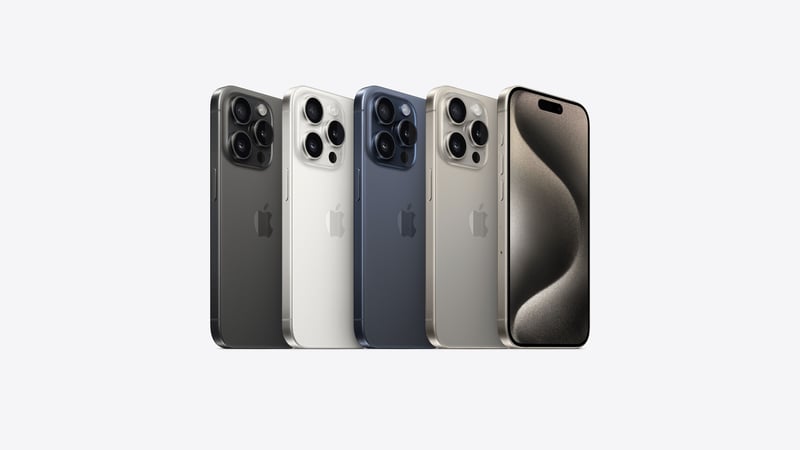 In the rapidly evolving world of smartphones, Apple's iPhone series has always been at the forefront of innovation with its sleek designs, screen technology, and incredible chip power. The latest Apple iPhone, the iPhone 15, introduces a game-changing feature with the Action Button, which replaces the traditional mute button.
In the rapidly evolving world of smartphones, Apple's iPhone series has always been at the forefront of innovation with its sleek designs, screen technology, and incredible chip power. The latest Apple iPhone, the iPhone 15, introduces a game-changing feature with the Action Button, which replaces the traditional mute button.
Take a closer look at how the iPhone 15's Action Button works and explore the technology behind Solid-State Buttons to make a more informed choice between the two.
How Does the iPhone 15's Action Button Work?
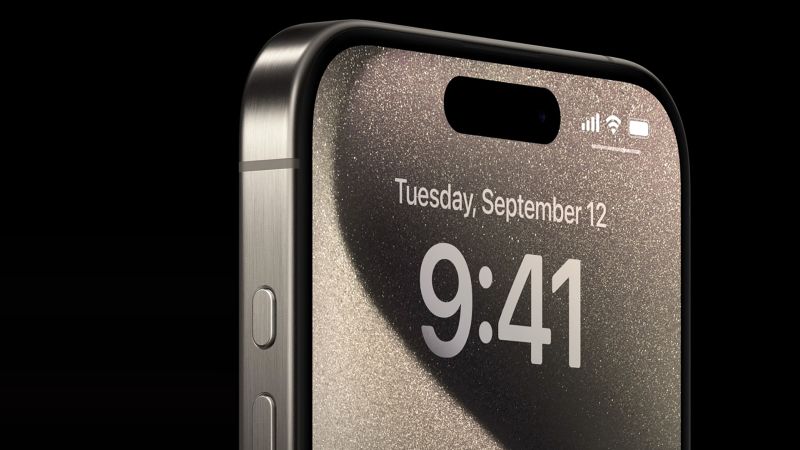
The Action Button is a pressure-sensitive, repurposed version of the physical quiet Action Button, or mute button, found on the side of high-end models. It was first introduced on the Apple Watch. It allows users to carry out a range of customizable commands, such as recording a voice memo, taking a picture, turning on the flashlight, and accessing other screen content and interactive components. The button can be programmed beyond the default action to launch any app or shortcut as a secondary function, making it a versatile tool for gaining quick access to frequently used functions. The Action Button aims to enhance the user experience by providing a more versatile and customizable tool that adapts to modern smartphone usage.
The Action Button can be configured through the iPhone's settings. Users can scroll through and select from a series of activity-related actions from the action menu, such as a flashlight or camera, to assign to the Action Button. Alternatively, users can select from their list of apps or previous commands to assign to the button.
How Solid-State Buttons Work
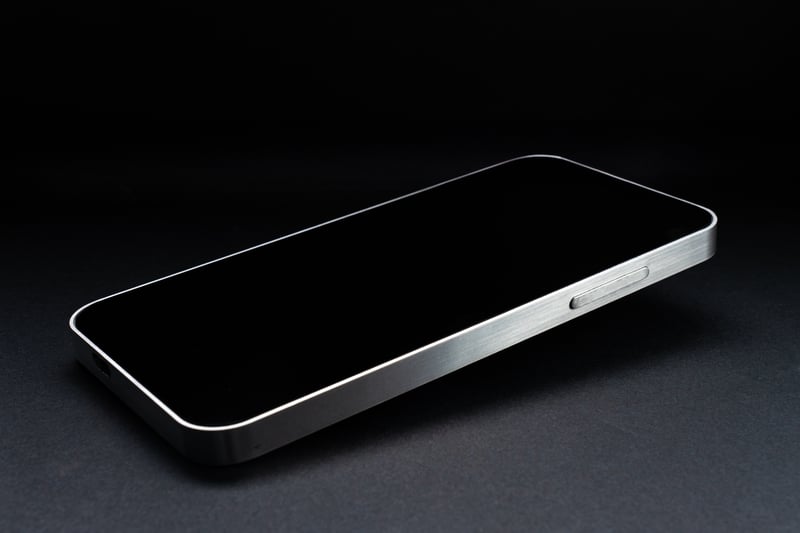
Solid-state haptic buttons have emerged as a groundbreaking innovation, revolutionizing the way users interact with their smartphones and other handheld gadgets. These buttons are not just a leap forward in component design aesthetics, but they introduce a new level of user engagement and satisfaction.
At the heart of solid-state haptic buttons lies an intricate blend of solid-state technology, force sensing, and localized haptic feedback technologies. But what is haptic feedback? Unlike traditional mechanical buttons that rely on physical components to create tactile feedback, solid-state haptic buttons achieve the same sensation without moving parts.
Let's break down how this technology works:
- System Design Layer: This layer ensures the user's experience is seamless and indistinguishable from pressing a traditional mechanical button. To achieve this, solid-state haptic buttons employ piezo driver actuators powered by a piezo haptics driver. Piezo actuators, integrated with force sensing, offer precise and localized haptic feedback. They also allow for customization of button stiffness, ensuring that the user's tactile expectations are met.
- Contextual Design Layer: The contextual design layer is where solid-state haptic buttons shine by customizing their behavior to communicate information effectively. Force sensing and custom haptic feedback are harnessed to enhance user navigation and usability. This layer is crucial in ensuring the user finds navigation intuitive, functional, and easy to learn, ultimately preventing confusion and frustration.
- Immersive Design Layer: Touch is an intimate human sense, and the immersive design layer harnesses this to create memorable and enjoyable user experiences. Designers have the freedom to customize the behavior of solid-state haptic buttons, using force sensing and haptic feedback to craft unique touch technologies. For instance, it's possible to replicate the soft, two-level feel of a DSLR camera shutter button on a smartphone. By adjusting force sensitivity and haptic feedback, designers can create a touch experience that is distinct and enjoyable.

Key Advantages of Solid-State Buttons
When compared to the iPhone 15's Action Button, solid-state buttons have several key advantages, including: - Enhanced User Experience: These buttons offer a more immersive and satisfying user interaction, bridging the gap between physical and digital interfaces.
- Customization: Developers have the freedom to craft a tailored button experience that aligns precisely with each app's functionalities. This flexibility allows for a more personalized interaction, matching individual user expectations and enhancing brand recognition.
- Reliability: The absence of moving parts reduces wear and tear, increasing the longevity and durability of devices.
How To Make the Right Choice: Action Button or Solid-State Buttons
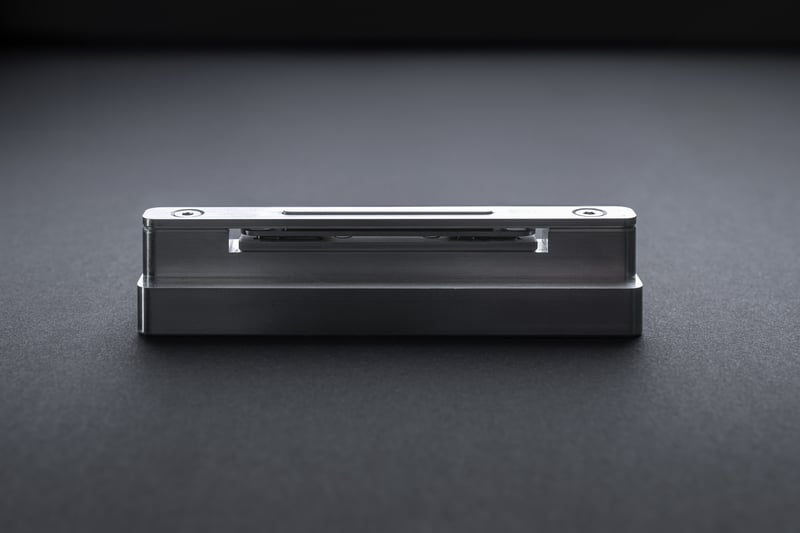
Choosing between the Action Button and Solid-State Buttons for your mobile device requires careful consideration of various factors. Each option presents distinct advantages, and your decision should be aligned with your specific design objectives and user experience goals. While evaluating your choices, it's crucial to consider the limitations associated with the Action Button and the benefits that Solid-State Buttons can offer.
When considering the Action Button:
- Limited Physical Feedback: The Action Button, relying on touch sensitivity, lacks the tactile feedback provided by physical buttons or Solid-State Buttons, potentially impacting user intuitiveness.
- Limited Customization Impact: Although offering some customization, the Action Button's versatility might be less impactful than Solid-State Buttons, restricting the depth of personalized experiences users can achieve.
- Mechanical Reliability: Unlike Solid-State Buttons, the Action Button contains mechanical components with moving parts, potentially leading to wear and tear over time impacting reliability and longevity.
Why Solid-State Buttons Take the Edge
Solid-state buttons, particularly those incorporating haptic technology, offer a compelling alternative to traditional mechanical buttons and even the Action Button. Here are key reasons why solid-state buttons have a competitive edge in the world of mobile device design:
- Tactile Realism: Solid-state buttons with haptic feedback technology provide users with a tactile experience that closely mimics the feel of physical buttons. This realism enhances user satisfaction and creates a more immersive interaction.
- Customization Possibilities: Solid-state buttons are not limited to replicating traditional button functionality. They offer the potential for customization while maintaining tactile realism. Users can enjoy the best of both worlds—personalized functions and a satisfying tactile experience.
- Reliability and Durability: The absence of moving parts in solid-state buttons enhances their reliability and durability. They are less prone to wear and tear, ensuring longevity and consistent performance over time.
- User Satisfaction: The tactile feedback provided by solid-state buttons creates a sense of satisfaction and engagement, strengthening the emotional bond between users and their devices.
Embrace the Future and Leverage Solid-State Buttons
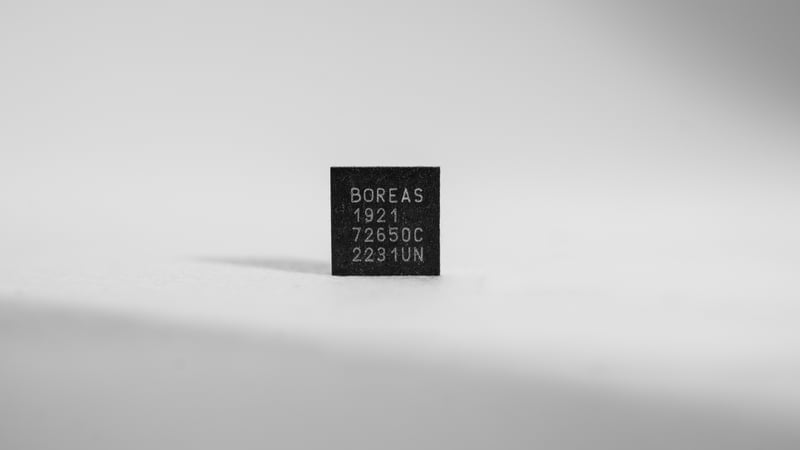
As mobile device technology advances, choosing between the Action Button entertainment system and Solid-State Buttons becomes pivotal in shaping user experiences. While both options have merits, the tactile realism, sleek aesthetics, and customization possibilities of Solid-State Buttons position them as a forward-looking choice for modern device design.
At Boreas Technologies, we specialize in leveraging the power of Solid-State Buttons to enhance user interactions and elevate design aesthetics. Our expertise in crafting tailored button experiences, combined with advanced technologies, ensures a seamless fusion of functionality and user satisfaction.
Discover how Solid-State Buttons can transform your product's user interaction and design aesthetics. Contact us today to explore the possibilities and unlock the full potential of Solid-State Button technology for your mobile device. Together, let's create an immersive and personalized user experience that sets your product apart in the market.

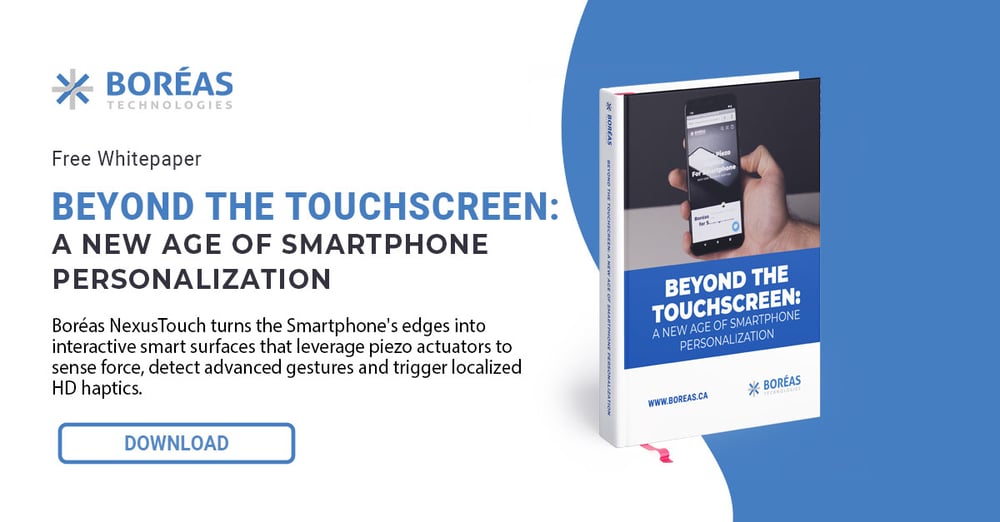
Leave a comment